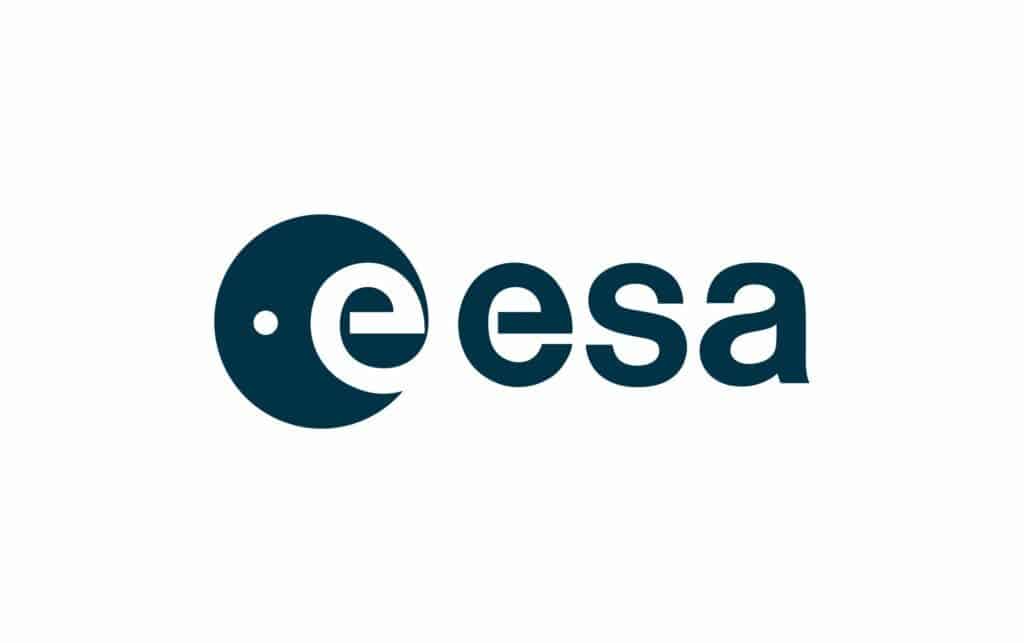The European Space Agency (ESA) is making its first tentative strides towards exploring space on its own.

A new document signed today by ministers from the ESA’s 22 member states outlines three urgent initiatives — dubbed “Accelerators” — and two mission proposals. The initiatives involve measures to tackle climate change, respond to natural disasters, and to protect spacecraft from orbital debris and space weather. The two missions aim to establish the ESA’s own system to launch astronauts into space and to probe Jupiter’s frozen moon Enceladus.
The document paves the way that ESA will follow in the following years, and will inform ministers about the agency’s plans at the next budget-setting meeting in November 2022.
The way forward
“In times of unprecedented challenges facing Europe and the world at large, it is the moment to contribute with bold, shared ambitions to solutions enabled by space,” write the ministers, who met in Matosinhos, Portugal.
The Matosinhos Manifesto signed after the meeting proposes three initiatives meant to “speed up the use of space to solve today’s biggest challenges,” but makes no specific funding pledges. These, the authors dubbed “Accelerators” in order to underscore their urgency.
The first initiative involves improving the ability of Earth-observing satellites in order to feed us more and higher-quality data that we can use to tackle the climate crisis. As part of this initiative, the document also proposes the creation of a “digital twin of our planet”: a simulated replica that can be used for modeling and in order to predict events such as floods, fires, or droughts years in advance. This digital twin would also be used in our efforts to eliminate worldwide greenhouse emissions by 2050.
The second Accelerator calls for more intensive use of space-collected data — such as imagery from satellites — in order to deal with natural disasters. Applications could range from monitoring to the coordination of rapid response units.
Third among these proposals include a series of new approaches that can be used to protect crewed and autonomous spacecraft from space junk and radiation or charged particles from the Sun.
Apart from these three proposals, the document also lays out two general mission proposals. The first calls for Europe, through the ESA, to establish its own mechanism to launch astronauts into space. The second envisions sending an ESA probe to one of the moons of Jupiter or Saturn to return samples to Earth. The main goal of this mission would be to look for signs of alien life throughout our Solar System.
The ESA doesn’t have its own launching capability like NASA does, for example. Instead, ESA astronauts launch into space aboard rockets launched by the USA or Russia, at a cost. While developing a domestic launching system is definitely expensive, it would offer the ESA a huge degree of autonomy. Currently only the United States, Russia, and China have their own launching capability, with India possibly acquiring it soon, as well.
“It’s a political decision,” said Josef Aschbacher, the ESA Director General, “but does Europe want its own capability?”
Europe has made an attempt to develop such a system for itself back in 1987 using the Hermes spaceplane — a scaled-down version of NASA’s Shuttle — in conjunction with the Ariane 5 rocket. However, the project repeatedly went over budget, so the ESA settled on launching its crews using the Russian Space Agency’s Soyuz craft. ESA’s project was later canceled in 1992.
For now, however, the document remains a simple series of proposals. Whether they get the green light or not depends on the next budget-setting meeting.


